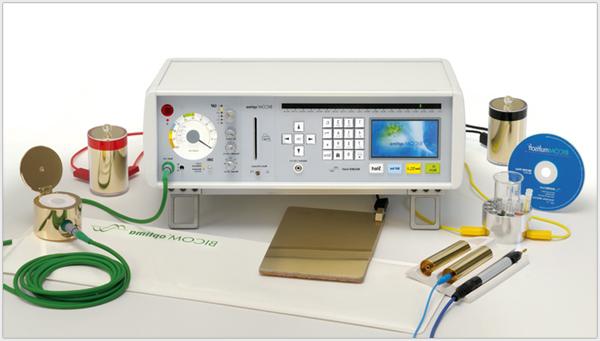Detoxification therapy.
Disintoxication therapy - removal fromorganism of toxic substances. Poisoning substances can become not only those that got into the body from the external environment, but also formed within it. Most often in the hospital patients with alcohol poisoning, drug overdose, poisoning with vapors of toxic substances enter the hospital. The method of excretion of toxins in such patients is approximately the same. However, if the poison agent is released within an organ or system, the mechanism for carrying out the treatment activities will change somewhat.
Detoxification therapy is divided into twolarge groups: extracorporeal detoxification and intracorporeal. They are divided primarily in the direction of the action. Intracorporeal detoxification of the body is aimed at removing the toxin naturally (through the excretory system). It is carried out by the introduction of antidotes of poisonous substances, as well as colloidal and crystalline solutions for replenishment of bcc and normalization of kidneys.
Extracorporeal detoxification is carried out not inside the body, but "outside", by artificially removing toxins with the help of mechanized equipment.
Detoxification therapy intraocorporal can be performed by the following drugs:
1. Saline solutions are used when a large amount of liquid is lost by the body. As you know, during intoxication, the emetic mechanism is most often activated to remove toxins, so patients lose a lot of fluid.
Detoxifying preparations, replenishingthe lost volume of a liquid, are issued in bottles on 200 and 400 ml. Such a separation is created for the convenience of introducing from the calculation of the volume of the liquid that the body lacks.
The following preparations are most often used:
"Disol" - sodium chloride - 600 mg, sodium citrate - 200 mg.
Ringer's solution contains sodium, potassium, calcium and chlorine ions.
2. In intoxications with a large loss of fluid, detoxification therapy is indicated, the preparations of which contain a solution of glucose. Glucose is the main energy source in the body, therefore, for the full operation of all systems, it is simply necessary.
3. Colloidal solutions can be divided into synthetic and natural (natural). In practice, synthetic solutions are almost always used, they include:
- dextrans
- analogues of hydroxyethyl starch
- "Zhellatinol"
4. Osmodiuretics are also actively used to remove toxic substances from the body. Representative: Monnitol. These drugs prevent the development of kidney failure, speed up the process of excretion of toxic substances.
5. To maintain the acid-base balance, it is necessary to use a 9% solution of sodium bicarbonate or potassium chloride.
Detoxification therapy by means of artificial purification of blood and other biological substrates can be carried out by the following methods:
- Hemosorption - passage of blood through a special sorption filter, as a result of which all toxic substances of large and medium size are removed.
- Plasmapheresis - the division of blood into red blood cells and plasma. Further, the uniform elements return back to the bloodstream, and the toxic plasma is replaced by an identical donor one.
- Plasmosorption is a method similar to plasmapheresis, only there is no substitution by donor plasma, but it cleans itself.
- Lymphosorption - the passage of lymph through the sorption filter.
- Hemodialysis is an "artificial kidney."
- Laser and ultrasonic irradiation of blood.
Detoxification therapy by extracorporeal methods is performed only in case of a threat to the life of the patient, when other methods do not help.
</ p>



